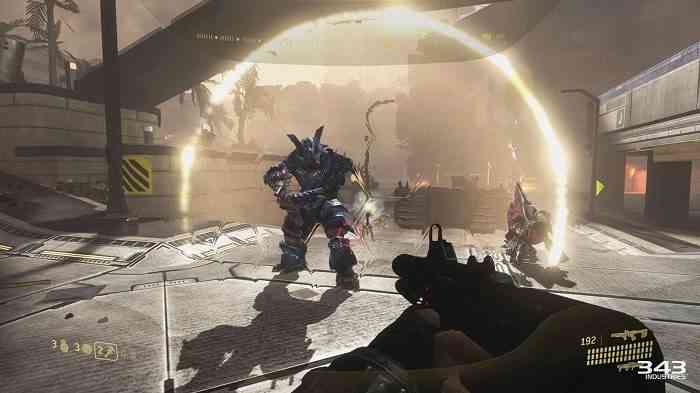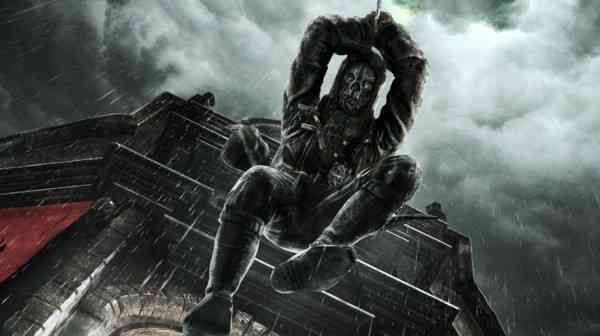7 – Timed Missions
Timed missions can add a lot of very real tension to the experience of playing a game, mirroring how the protagonist of the story no doubt feels in that particular moment. Unfortunately, many games feature less-than-ideal controls, and completing all your tasks or escaping in one piece becomes an exercise in futility. Timed missions show up in just about every genre, from role-playing games like the Final Fantasy series to first-person shooters like Halo to stealth-based action games like Assassin’s Creed. Nothing is worse than wrestling with controls while precious seconds tick away, leading to inevitable failure.

They’re hard to pull off well, but two classic games do a good job of matching solid controls with palpable tension. In Super Metroid, the opening mission requires you to escape a space station with very little time. The game gives you one minute–just one!–which seems impossible at first blush, but which is totally doable given Samus’ skills. A close second would be the sequence in Ganon’s castle from The Legend of Zelda: Ocarina of Time. As Link and Princess Zelda make their way out of the crumbling fortress, Zelda from time to time has to stop in order to open doors. This seems like it might get annoying, but the game gives you enough time to push through everything in your path while still keeping the anxiety high.

Still, good timed missions are so few and far between that it might be advisable for game designers to eliminate them, or restrict them to optional missions. Sticking them in the critical path is just asking for broken controllers.
8 – Stealth
Stealth in and of itself is not a bad mechanic. There are plenty of times I’ve felt like a true badass, creeping along a rooftop in Assassin’s Creed and pouncing on my prey. And games like Metal Gear Solid give you the equipment necessary to pull off some incredible feats (though come on, that active camouflage is kind of cheating, isn’t it?). What I’m talking about here are instant-fail stealth missions. Unfortunately, games rely on them far too often. Even Assassin’s Creed, which sometimes soars in its use of stealth, dips into the well of instant-fail a bit too often. Anytime you’re required to tail a target, you know that if you get too close, you’re at risk of “desynchronizing” and having to start over from the beginning. But Assassin’s Creed is far from the only culprit. Ocarina of Time, which I just got done praising for its excellent timed mission sequence, can be infuriating with its sneak-into-Hyrule-Castle mission where one misplaced or mistimed step can send you all the way back to the beginning of the level.

More games should handle stealth like Dishonored. In truth, you can play Dishonored in a number of ways, but its management of the stealth option puts it head and shoulders above even stealth-focused games like Assassin’s Creed. In Dishonored, the world is fluid. As you move around and act, your situation changes, and you’re forced to adapt. Sneaking into a city in the hopes of finding your target? It’s best to stick to the shadows, but if you are spotted, no worries! Switch to the head-on approach and cut some steampunk soldiers’ throats. Never being pigeonholed into one style of gameplay makes the stealth far more interesting, and it also makes those moments when you’re able to pull off a flawless, stealthy victory all the more enjoyable.
